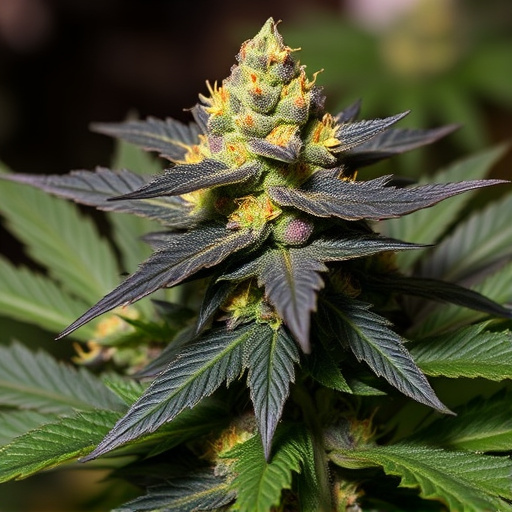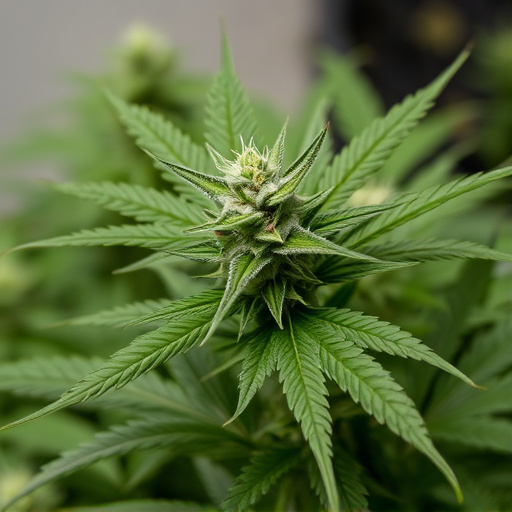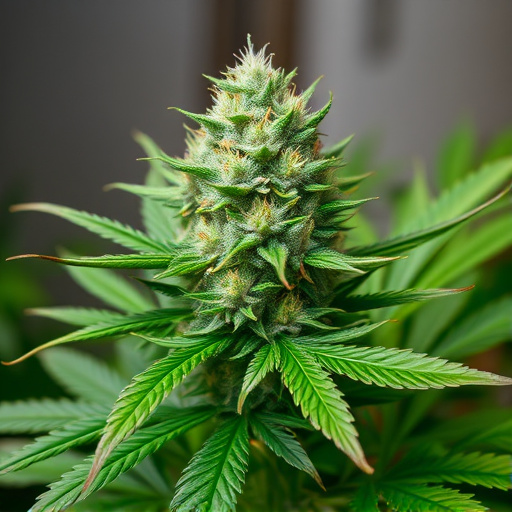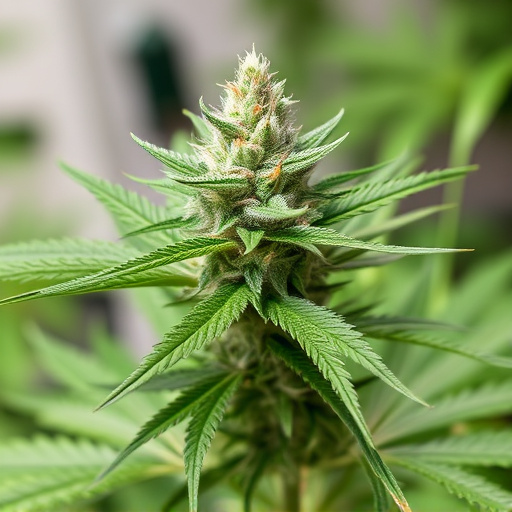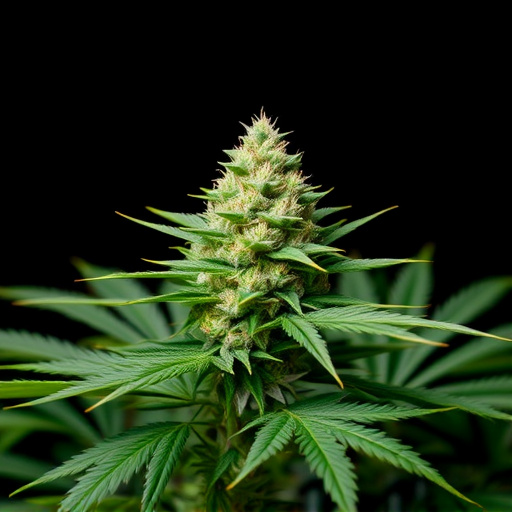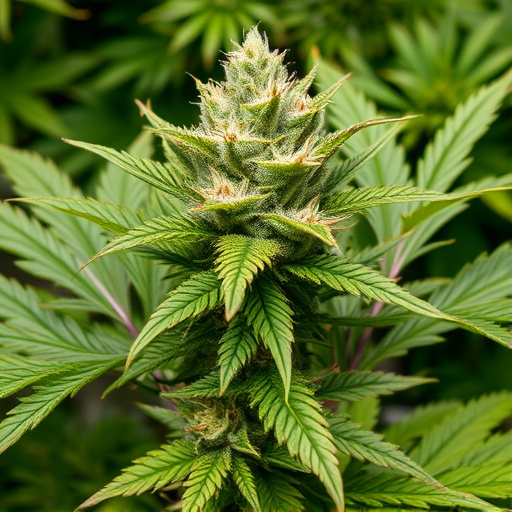Classic cannabis strains' unique qualities stem from genetics and terpenes. Each strain's genetic makeup dictates its flavor, aroma, and therapeutic benefits, with cannabinoid profiles like THC and CBD contributing to diverse user experiences. Terpenes, aromatic compounds, interact with cannabinoids, enhancing effects—a phenomenon known as the entourage effect. Cannabis cultivators value genetic diversity for breeding specific characteristics, while terpenes provide distinctive aromas, flavors, and potential therapeutic benefits, making classic cannabis strains highly sought-after in today's market.
“Unraveling the secrets of high-quality weed begins with understanding the intricate interplay of genetics and cultivation. This article guides you through the essential factors that transform cannabis from a simple plant into a diverse, potent, and sought-after product. From the genetic diversity that creates unique terpene profiles to cultivation practices that optimize yield and health, we explore what makes ‘quality’ in this ever-evolving industry. Additionally, we delve into curating classic cannabis strains, highlighting their distinct potency and effects as determined through advanced testing methods.”
- Genetics and Terpenes: The Building Blocks of Quality
- – Understanding genetic diversity in cannabis plants
- – Role of terpenes in aroma, flavor, and potential therapeutic effects
Genetics and Terpenes: The Building Blocks of Quality
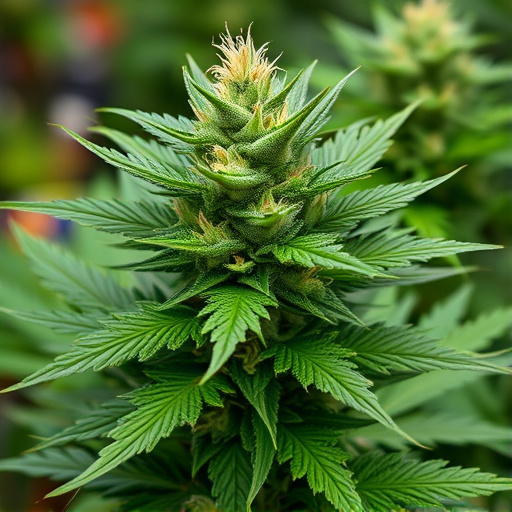
Genetics and terpenes play a pivotal role in determining the quality and characteristics of cannabis plants, often considered the building blocks of premium classic cannabis strains. Each strain possesses a unique genetic makeup, passed down from its parents, which influences its flavour profile, aroma, and potential therapeutic benefits. These genetic variations result in distinct cannabinoid compositions, including THC and CBD levels, contributing to the diverse effects users experience.
Terpenes, aromatic compounds found in both cannabis and other plants, further enhance the complexity of these strains. They interact with cannabinoids, creating what’s known as the entourage effect, where the whole becomes greater than the sum of its parts. Terpenes not only provide a unique smell and taste but also may offer potential medicinal advantages, such as anti-inflammatory or analgesic properties. The interplay between genetics and terpenes ensures that cannabis enthusiasts experience a wide range of sensations when enjoying classic cannabis strains.
– Understanding genetic diversity in cannabis plants
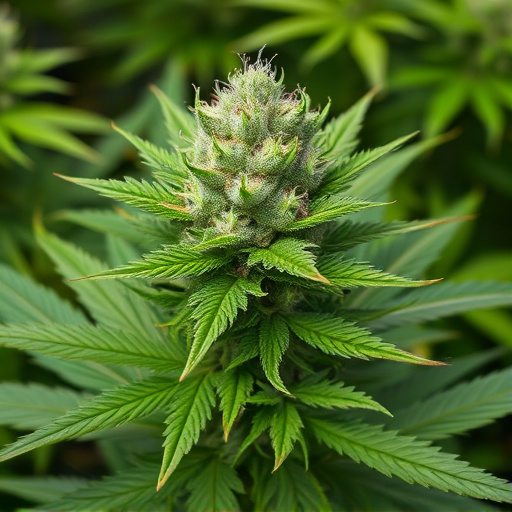
Cannabis enthusiasts and cultivators often refer to genetic diversity as the “DNA” of a plant, playing a pivotal role in shaping its unique characteristics. When it comes to quality weed, understanding this diversity is essential. Classic cannabis strains, renowned for their distinctive aromas, flavors, and effects, owe their reputation to carefully cultivated genetic lines. Each strain possesses distinct traits passed down from its ancestors, contributing to its overall appeal.
This genetic diversity allows growers to select and breed plants with desirable traits like high THC or CBD content, specific medicinal benefits, or unique sensory experiences. By studying and preserving these variations, cannabis cultivators can ensure a consistent supply of top-quality strains. It’s through this scientific approach that we can appreciate the vast spectrum of classic cannabis varieties available today, each offering something distinct to cater to various preferences.
– Role of terpenes in aroma, flavor, and potential therapeutic effects
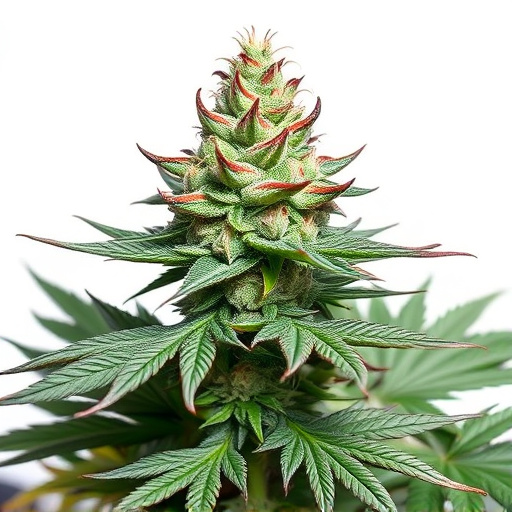
Terpenes play a pivotal role in shaping the unique aroma, flavor, and potential therapeutic attributes associated with different cannabis strains, often referred to as classic cannabis strains. These aromatic compounds, produced naturally by cannabis plants, contribute significantly to the diverse experiences users can expect from various strains. The rich terpene profile of each strain not only creates distinct sensory experiences but also influences the perceived effects on the mind and body. For instance, myrcene, a common terpene in many classic strains, is known for its earthy and musky scent, often linked to inducement of relaxation and sleepiness.
Beyond aroma and flavor, terpenes can interact synergistically with cannabinoids like THC and CBD, enhancing or modifying their effects. This complex interaction is what enthusiasts refer to as the “entourage effect.” As such, understanding terpene profiles is crucial for consumers looking to achieve specific therapeutic benefits or desired sensory experiences from classic cannabis strains.
In the pursuit of exceptional cannabis experiences, understanding the intricate factors that contribute to quality is paramount. From the genetic diversity that creates classic cannabis strains to the terpenes that lend unique aromas and therapeutic potential, each element plays a pivotal role. By recognizing these components, cultivators can craft superior products, ensuring consumers enjoy not just potent flowers, but also those with desirable flavors and effects. This focus on quality not only enhances the overall experience but also underscores the importance of scientific understanding in the cannabis industry.
